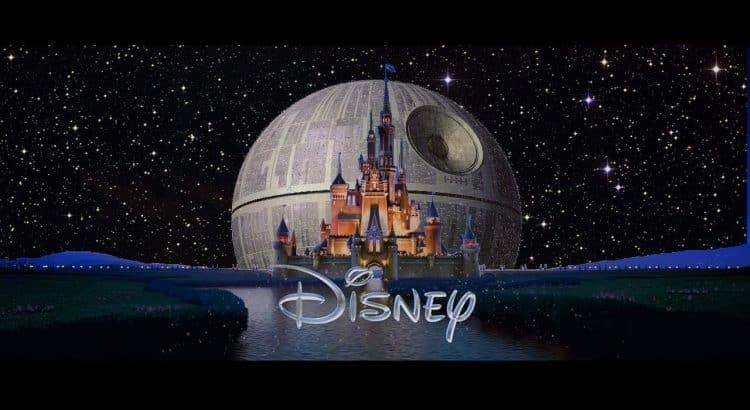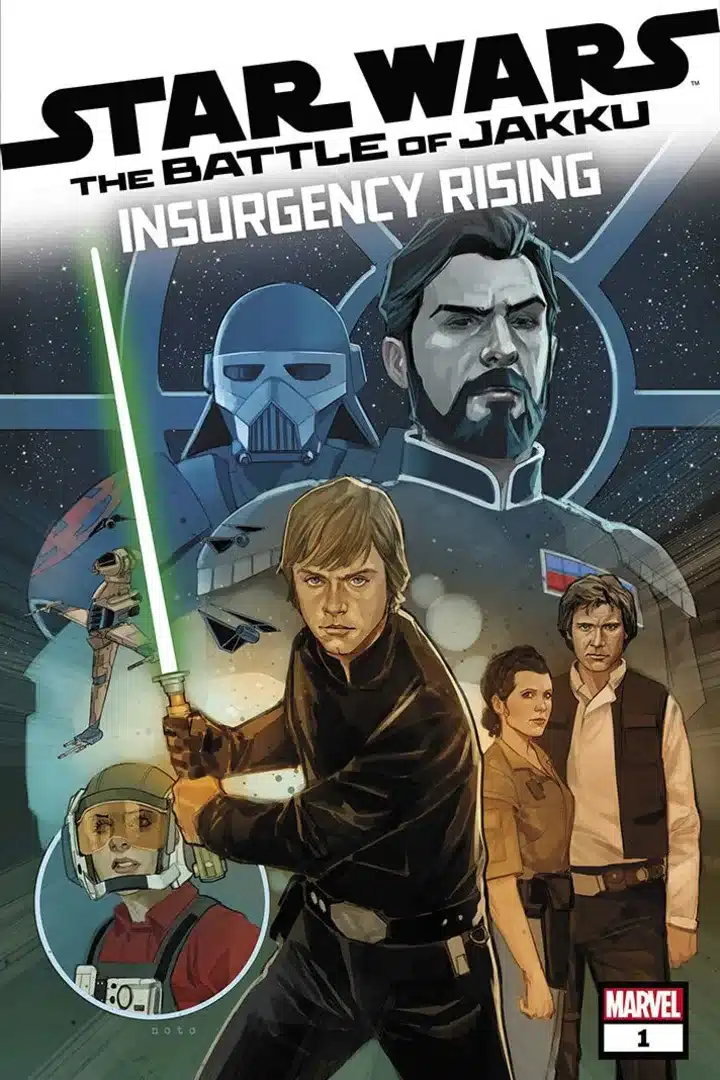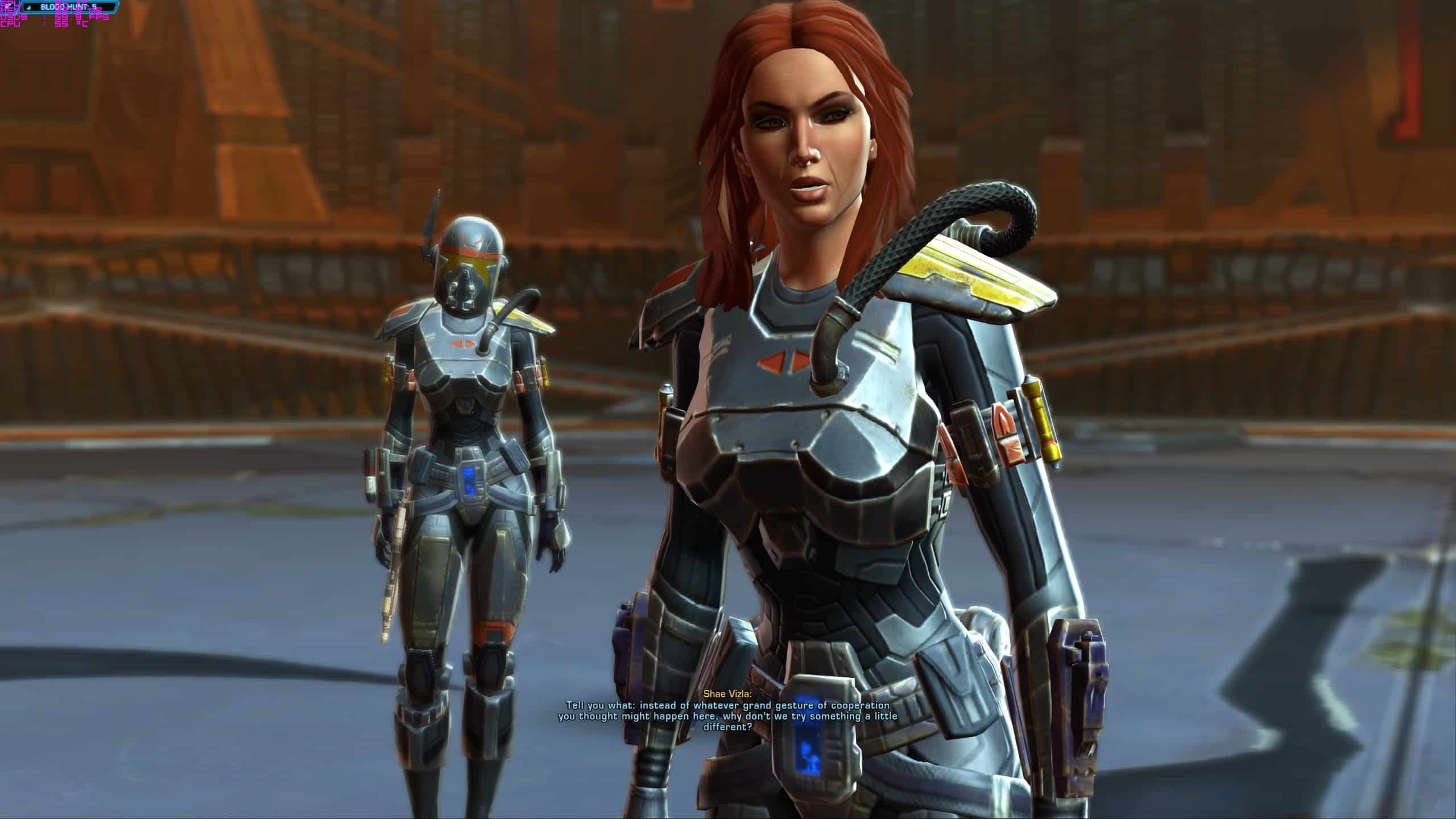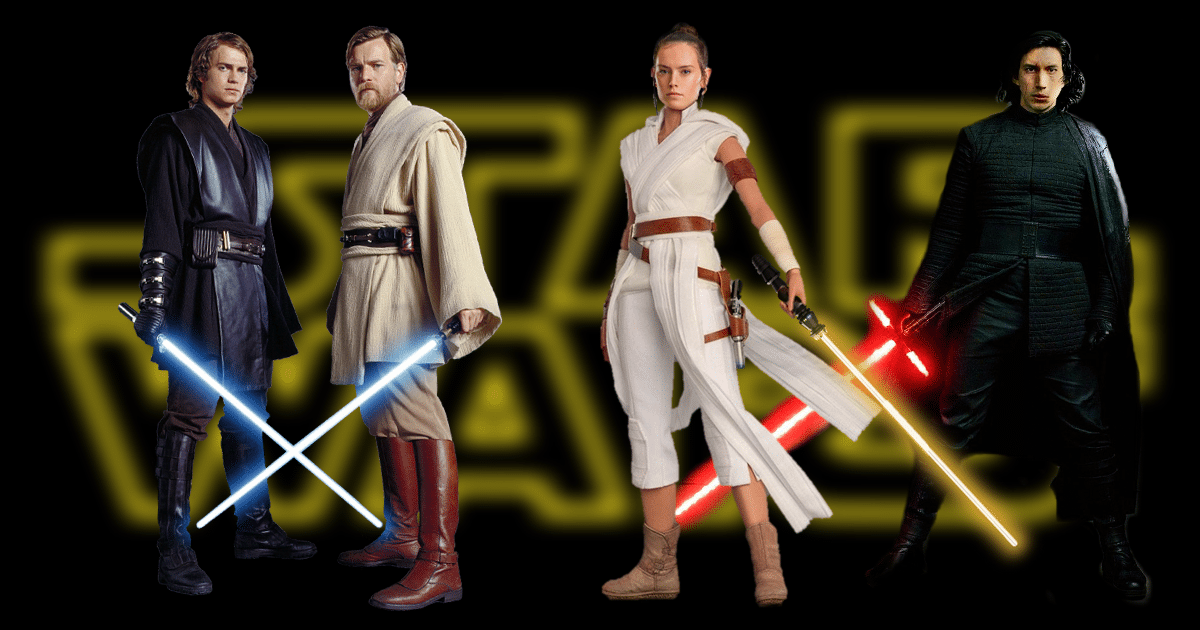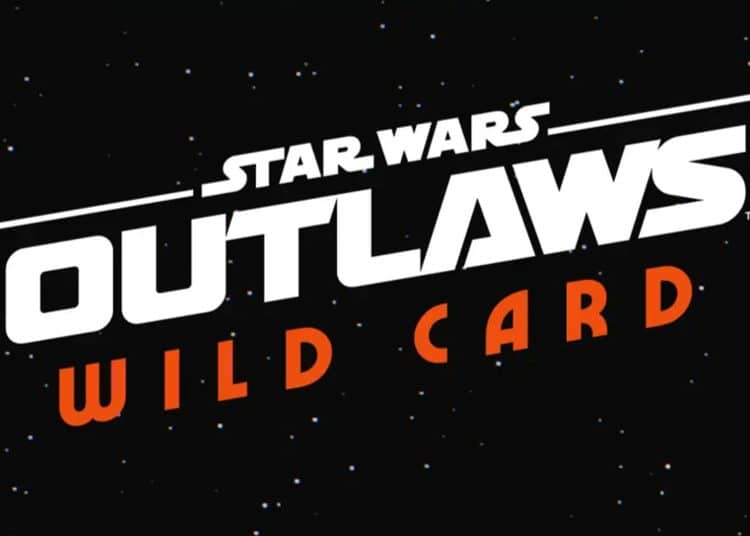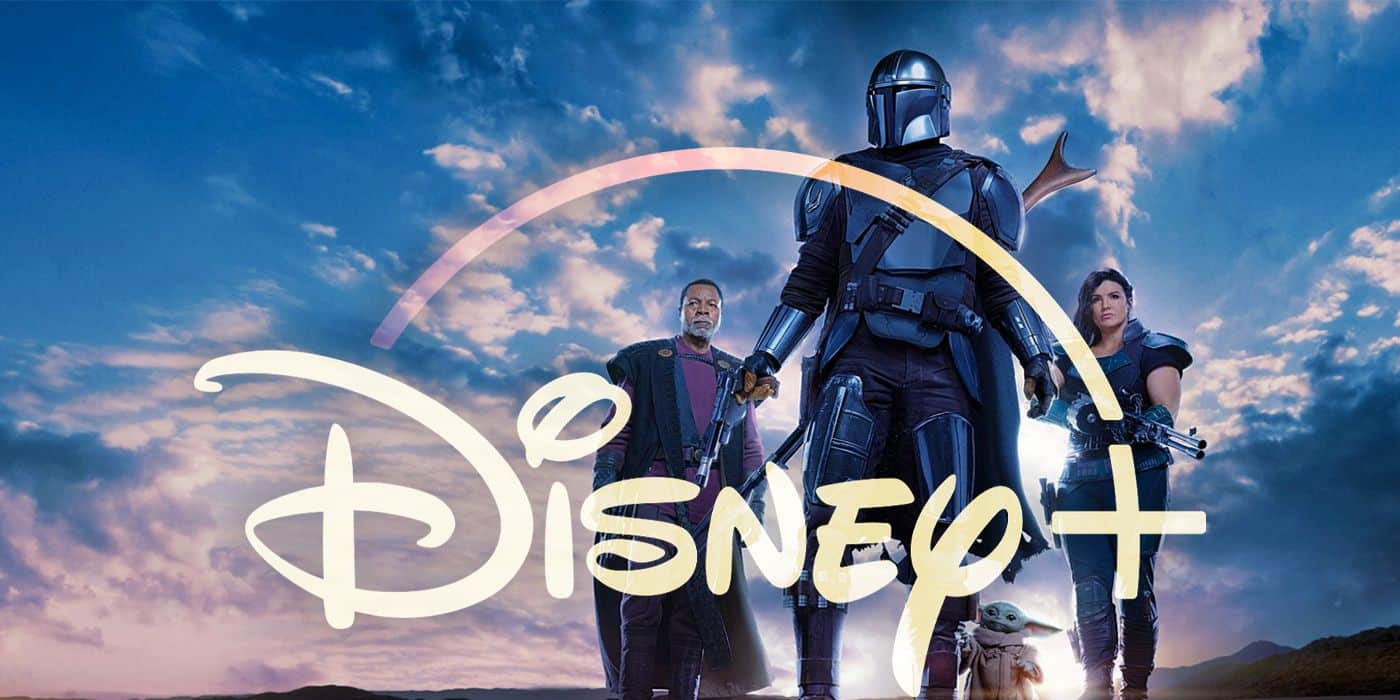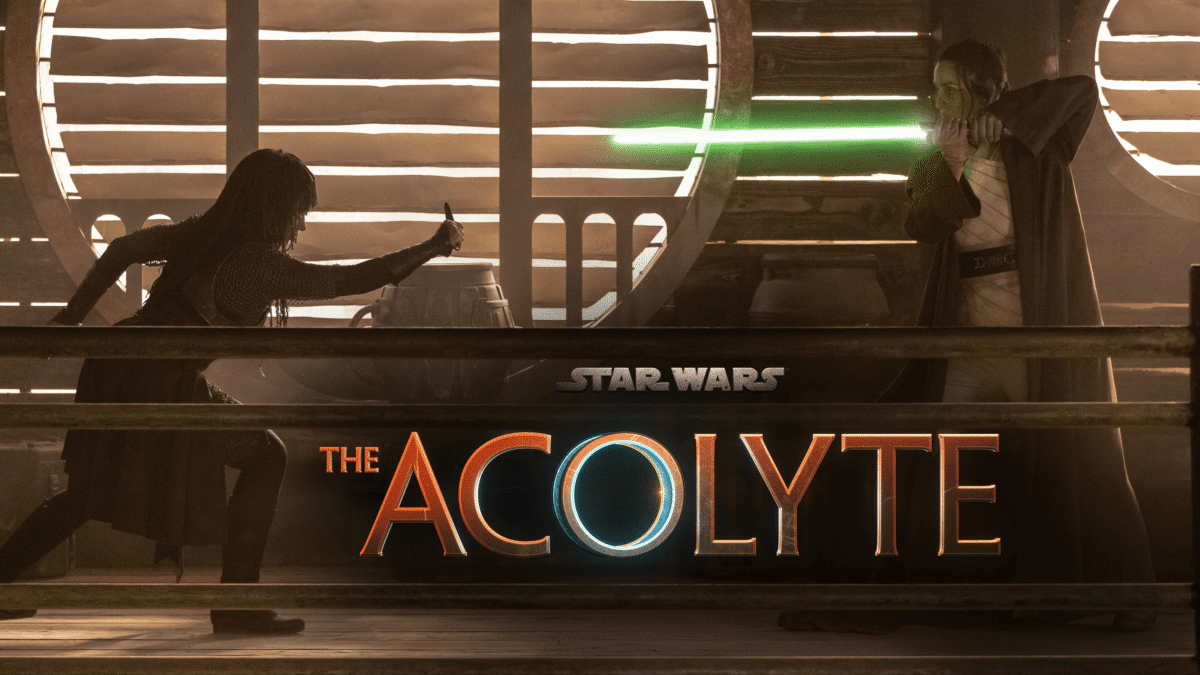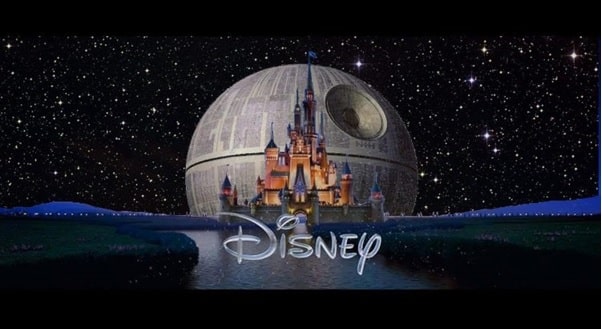A long time ago, in a galaxy far, far away, Disney took over one of the most beloved franchises in cinematic history. When the House of Mouse acquired Star Wars in 2012, fans were both excited and nervous. Would Disney honor George Lucas’s original vision, or would they turn it into another cog in their commercial machine? Spoiler alert: it was a bit of both. But one thing became abundantly clear: nostalgia was going to play a massive role in Disney’s approach to Star Wars. From reviving beloved characters to recreating iconic scenes, nostalgia became the Force driving the franchise. Let’s dive into how Disney harnessed the power of nostalgia in Star Wars, both in terms of storytelling and marketing, and what it means for the future of this ever-expanding galaxy.
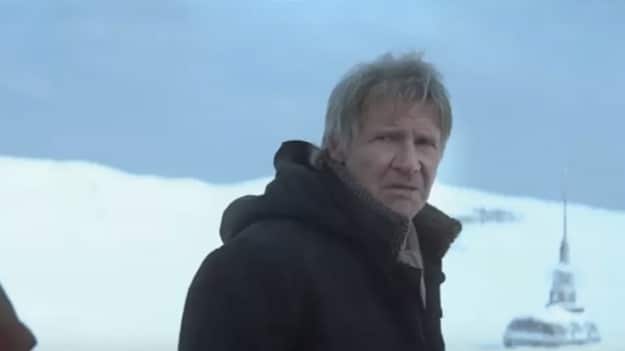
Reviving Iconic Characters: The Return of the Legends
If there’s one thing that got Star Wars fans buzzing when Disney announced The Force Awakens (2015), it was the news that Luke Skywalker, Leia Organa, and Han Solo would be back. The Sequel Trilogy was positioned as a continuation of the Original Trilogy, and the return of these iconic characters felt like the emotional linchpin of the entire marketing strategy.
Han Solo, played once again by Harrison Ford, was the first of the trio to reappear in The Force Awakens. Fans saw him and Chewbacca step back aboard the Millennium Falcon, and the reaction was immediate: cheers, tears, and a collective sense of “we’re home” (as Han himself said). Disney understood that these legacy characters were not just movie roles—they were cultural touchstones, representing more than just fictional heroes but the childhood memories of millions. This revival was a masterstroke in keeping both new audiences and longtime fans engaged.
Leia Organa, played by the late Carrie Fisher, and Luke Skywalker, played by Mark Hamill, returned to the saga as well. Leia, now a general rather than a princess, symbolized growth and resilience. Luke, however, took on a more complex role in The Last Jedi (2017), becoming a disillusioned, weary Jedi Master—a move that polarized fans. Some appreciated this bold narrative choice, while others felt it deviated too much from their nostalgic vision of the optimistic Luke. Regardless, the mere presence of these characters was enough to generate an overwhelming emotional response, proving just how deeply nostalgia was ingrained in Disney’s strategy.
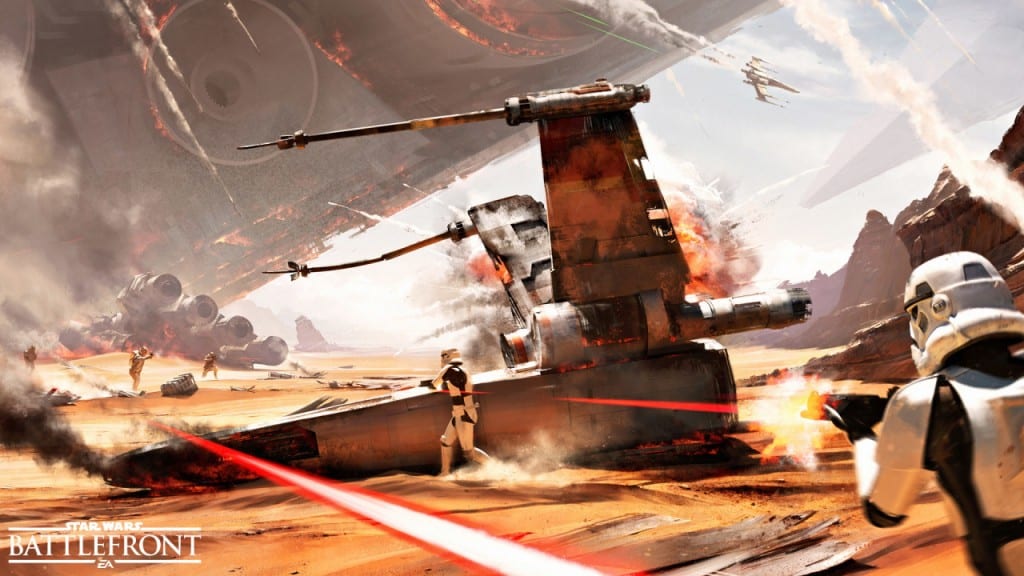
Visual and Thematic Callbacks to the Original Trilogy
Nostalgia in the Disney era of Star Wars isn’t just about characters—it’s in the very fabric of the films themselves. From the first shot of The Force Awakens, with a Star Destroyer looming overhead, it was clear that Disney wanted to remind audiences of the visual grandeur of the Original Trilogy. Whether it was the deserts of Jakku (eerily similar to Tatooine), the Resistance’s X-wing fighters zooming into battle, or the familiar hum of a lightsaber igniting, these moments were designed to evoke a sense of déjà vu, a reminder of what made the original films so special.
The design choices in the Sequel Trilogy were often deliberate callbacks to the aesthetic of the 1970s and ’80s Star Wars. The stormtroopers looked like upgraded versions of the original designs, Kylo Ren’s mask had clear Darth Vader inspirations, and the Millennium Falcon became a focal point in every action-packed space battle. These visual cues weren’t just Easter eggs for longtime fans—they were essential in creating a bridge between the old and the new.
Beyond the visuals, Disney’s Star Wars films also echoed the thematic elements of the Original Trilogy. Themes of rebellion, hope, and the balance between light and dark remained central to the narrative. The Force Awakens mirrored A New Hope almost beat-for-beat: a young protagonist (Rey, like Luke before her) discovers they have a mysterious connection to the Force, joins a group of rebels, and takes on a massive, planet-destroying superweapon. Critics noted these similarities, but many fans embraced the familiar structure. After all, Star Wars has always been about the mythic hero’s journey, and Disney leaned heavily into that framework to reignite the love of the franchise.
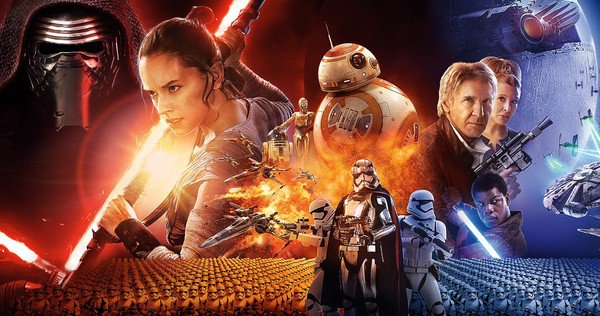
How Nostalgia Influenced Audience Reactions and Box Office Performance
Let’s be honest—nostalgia sells, and nowhere is that more evident than in the box office performance of Disney’s Star Wars films. The Force Awakens was a massive success, grossing over $2 billion worldwide. Its marketing campaign heavily relied on nostalgic imagery and the return of beloved characters, pulling in both die-hard fans and new audiences. The trailers featured glimpses of Han, Leia, and Luke, alongside new heroes like Rey and Finn, creating a perfect blend of old and new that proved irresistible to audiences.
But nostalgia didn’t just fuel box office numbers—it also heavily influenced how audiences reacted to the films. For many fans, the return of familiar faces and themes was a welcome trip down memory lane. These films rekindled childhood memories, offering a sense of comfort in a rapidly changing world. But nostalgia can be a double-edged lightsaber. While many loved the callbacks to the Original Trilogy, others felt that Disney relied too much on rehashing old ideas, particularly in The Force Awakens.
The Last Jedi flipped the script. Director Rian Johnson took bold narrative risks, subverting many of the expectations set up by both the Original Trilogy and The Force Awakens. For example, instead of Luke being the wise mentor fans expected, he was portrayed as a broken, reluctant hero who had given up on the Jedi. For some, this was a brilliant twist that deepened the character. For others, it felt like a betrayal of the Luke they had grown up with. The film’s divisiveness proved that while nostalgia can draw audiences in, it also comes with heavy expectations.
The Rise of Skywalker (2019) was another example of Disney’s balancing act between honoring nostalgia and moving the story forward. The return of Emperor Palpatine—arguably the biggest surprise of the Sequel Trilogy—was a move steeped in nostalgia, as it reconnected the final film to the original conflict of the Skywalker saga. While some fans loved this tie to the past, others criticized it as an unnecessary plot device that undermined the previous film’s bold choices. Despite the mixed reviews, the film still performed well at the box office, proving that nostalgia continues to be a powerful draw.
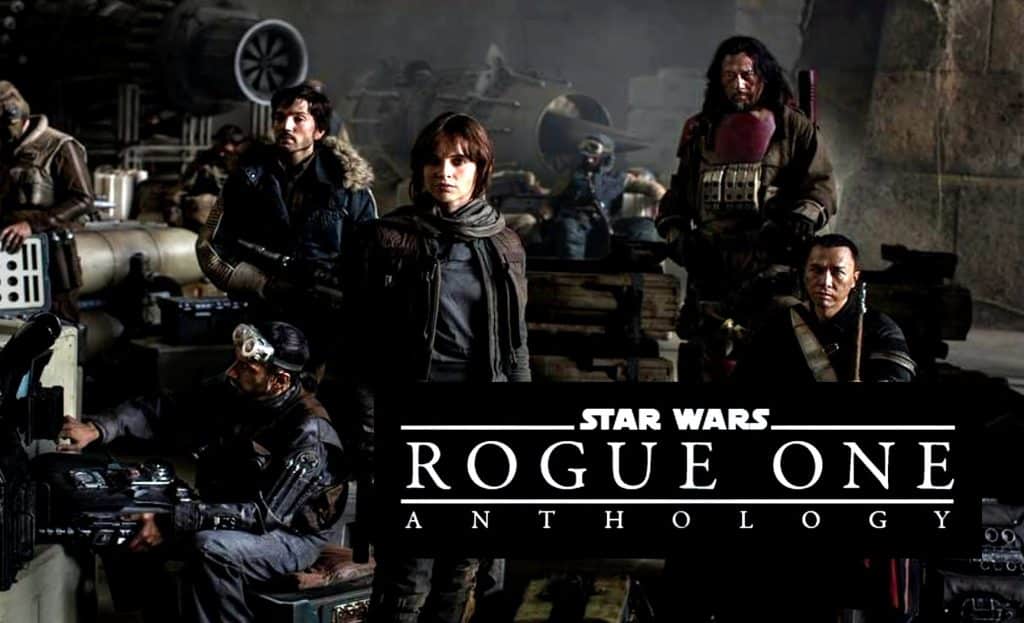
Balancing Nostalgia with New Content for Future Generations
The big challenge for Disney is how to honor the legacy of Star Wars while still pushing the story forward. Nostalgia may be the franchise’s most potent weapon, but it can also be a limitation. If Star Wars remains tethered to the past, it risks alienating newer audiences who may not have the same emotional connection to the Original Trilogy. At the same time, long-time fans expect the saga to pay homage to the stories and characters they’ve loved for decades.
Disney’s approach to this balancing act can be seen in the standalone films and TV series that have expanded the Star Wars universe. Rogue One (2016), while set just before A New Hope, introduced a new cast of characters and told a self-contained story that wasn’t reliant on the Skywalker family drama. The film was praised for its darker tone and for showing a different side of the Rebellion, proving that Star Wars stories don’t always need to center around Jedi and Sith. Similarly, The Mandalorian (2019–present) has been successful in introducing new characters like Din Djarin and the breakout star Grogu (a.k.a. Baby Yoda), while only lightly touching on legacy characters like Luke Skywalker.
By exploring different corners of the Star Wars galaxy, Disney has shown that it’s possible to create fresh content that doesn’t rely entirely on nostalgia. The challenge moving forward will be to continue striking that balance—paying homage to the past without being beholden to it.
Conclusion: The Force of Nostalgia in the Disney Era
Nostalgia is a powerful force, and Disney has wielded it expertly in its handling of Star Wars. By reviving beloved characters, echoing the visual and thematic elements of the Original Trilogy, and tapping into the emotional connections fans have with the franchise, Disney has successfully reignited the love for Star Wars in both old and new audiences. However, this reliance on nostalgia has also brought its share of challenges, from mixed fan reactions to the question of how to keep the franchise evolving.
As Star Wars moves forward, Disney will need to continue walking the fine line between honoring the past and creating new stories that can stand on their own. The galaxy is vast, and there’s plenty of room for innovation. But one thing is certain: as long as Star Wars is around, nostalgia will remain a key part of its DNA. After all, as Yoda might say, “Always in motion is the future—but never forget where you came from.”


